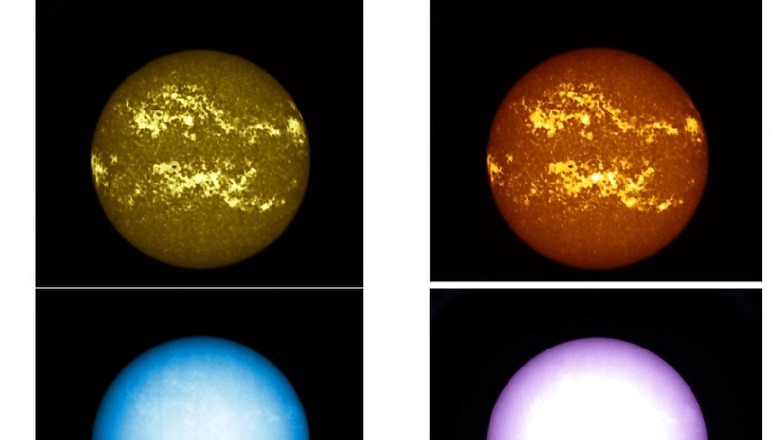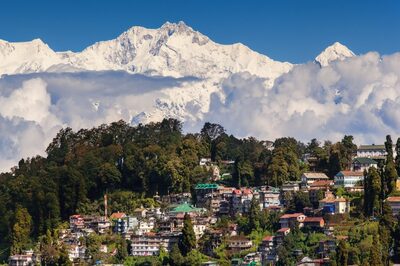
views
India’s maiden solar mission, Aditya-L1, has captured images of the Sun using its remote sensing payloads on board during the solar storm that occurred last month, capturing dynamic images of activities inside our nearest star.
Aditya-L1 Mission:SUIT and VELC instruments have captured the dynamic activities of the Sun during May 2024.Several X-class and M-class flares, associated with coronal mass ejections, leading to significant geomagnetic storms were recorded.
✨ and details:… pic.twitter.com/Tt6AcKvTtB
— ISRO (@isro) June 10, 2024
Between May 8 and 15, several powerful solar flares erupted in the active region AR13664 on the Sun. These flares were linked to bursts of solar material, known as Coronal Mass Ejections (CMEs), which occurred on May 8 and 9.
The recent activity has come from a sunspot cluster 17 times the size of Earth which has continued raging throughout May and blasted out the strongest solar flare seen in years.
The Indian Space Research Organisation (ISRO) said these photos captured by the Aditya-L1 will help in studying solar flares as well as energy distribution and sun spots. It said that this exercise will help in understanding and predicting space weather while monitoring solar activity and UV radiation.
The mission, the first Indian space-based observatory to study the Sun, was launched on September 2 from the Satish Dhawan Space Centre at Sriharikota.
The space agency said such experiments would also help understand long-term solar variations.
ISRO reported that during these solar events, two of their remote-sensing instruments, the Solar UltraViolet Imaging Telescope (SUIT) and the Visible Emission Line Coronagraph (VELC), were in their baking and calibration modes, respectively, and couldn’t observe solar activity on May 10-11.
However, the doors of SUIT and VELC were opened on May 14. In addition to capturing images, these instruments made some important observations.
ISRO released six images of the Sun taken by SUIT payload at different wavelengths on June 10.
Additionally, the VELC instrument conducted observations in one of its spectroscopic channels for the emission line at 5303 Angstroms.
On May 14, raster scans of the solar corona were performed to capture coronal activities in this specific spectral line.
On May 8 and 9, two other remote sensing instruments on board Aditya-L1, SoLEXS and HEL1OS, recorded these events. Meanwhile, the two in-situ instruments, ASPEX and MAG, captured the event on May 10 and 11 as it passed through the Sun-Earth L1 point (L1).
The country’s first solar mission arrived at its destination, the Lagrangian Point (L1), located 1.5 million km from Earth, on January 6.
ISRO later reported these observations, alongside data collected by the Chandrayaan-2 spacecraft, XPoSat, and the ground-based facility at Udaipur Solar Observatory-Physical Research Laboratory.




















Comments
0 comment